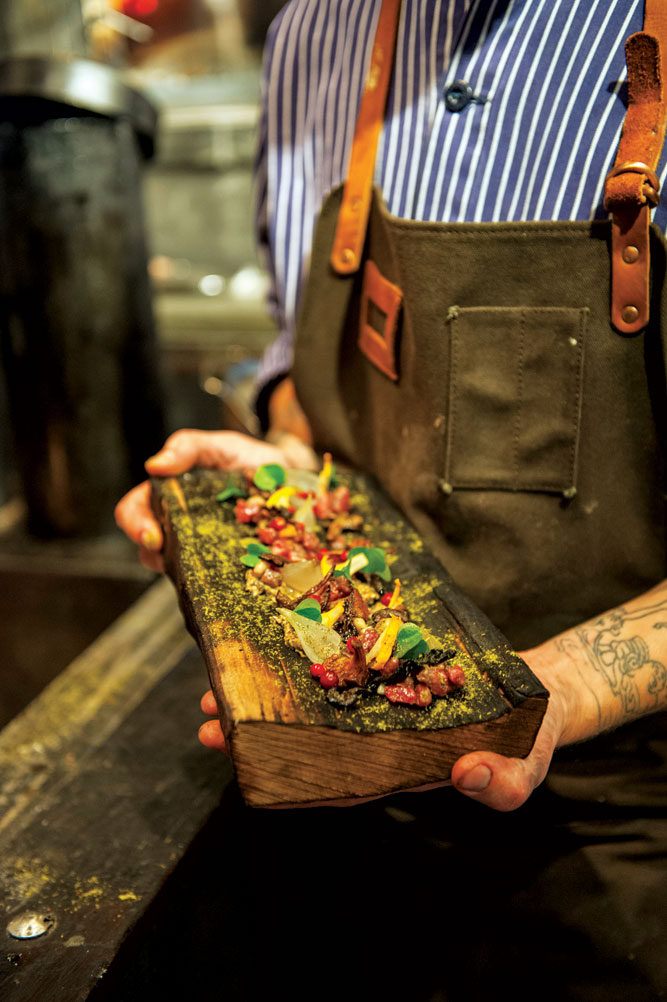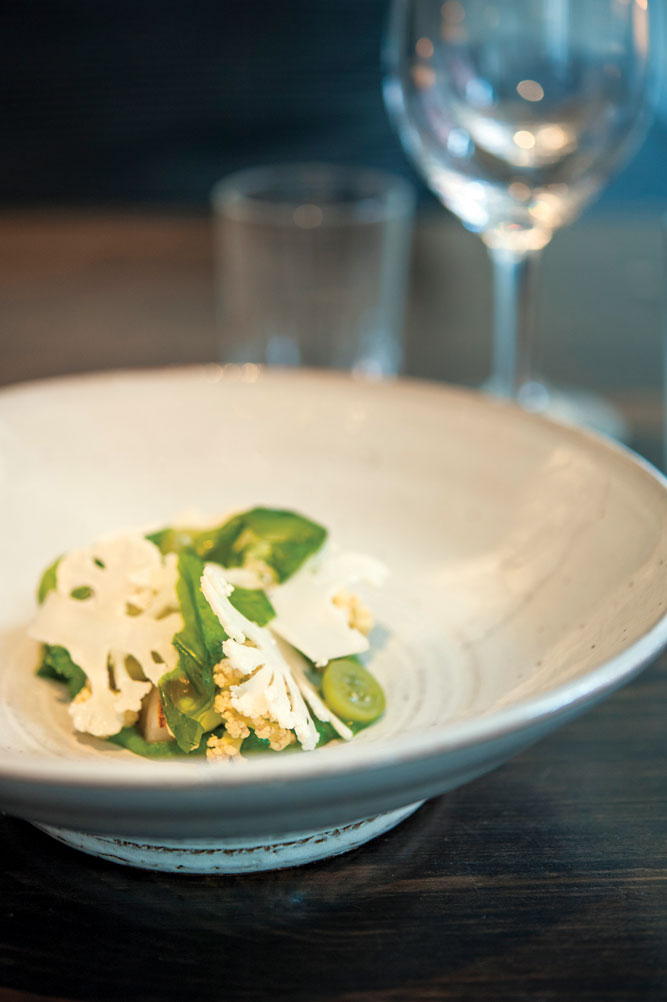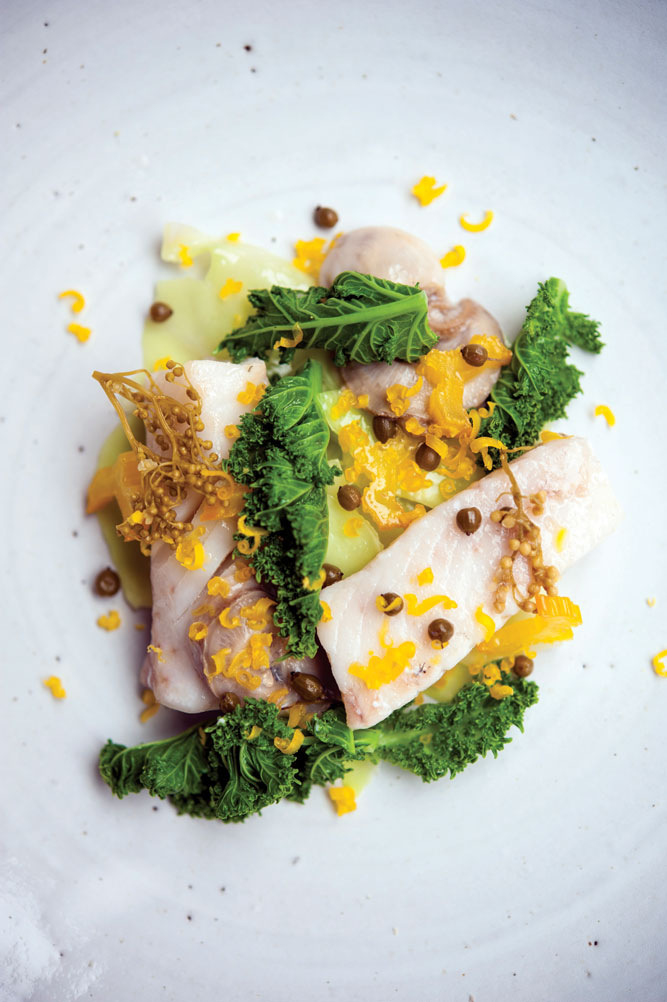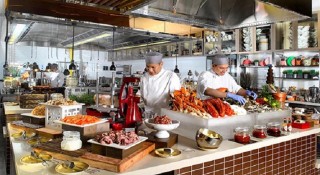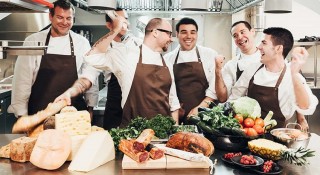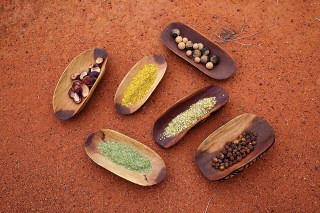“When a friend told me about this extraordinary meal he had had in a tiny restaurant in the wilds of Jämtland, I thought he was joking,” Per Styregård, editor-in-chief of the White Guide, Sweden’s culinary bible, tells me two days later over a meal in Stockholm. Styregård has made three trips to Fäviken. On his latest visit, he was treated to something he could never have imagined—a “bird menu” that required him to suck the birds’ brains out from their beaks. “It was,” he says, “mind-blowing.”
Styregård and I are dining at Volt, a stylish but unfussy downtown restaurant that, like Fäviken 600 kilometers to the north, is helping to reinvent the Swedish kitchen. Leavening local, seasonal produce with what their menu describes as “grandma flavors,” Volt’s four young tattooed owners roll out dishes like langoustine served warm with radish, dill, and mayonnaise; duck breast with tart yellow sea buckthorn berries; and slabs of rare venison teamed with juniper berries that give the meat a peppery, tangy edge.
Faced with short summers and long, grim winters, Swedes developed a rich culinary tradition of pickling, salting, and curing. But their food was generally something that was eaten at home, not in a restaurant. “Ten years ago,” Styregård says, “dining out usually meant eating French or Italian.”
Then everything changed. Perhaps spurred on by the success of what has been dubbed “new Nordic cuisine” and the trailblazing kitchen of René Redzepi and his Copenhagen restaurant Noma, Swedish chefs have recently turned their focus inward, rediscovering the bounty of their own gastronomic heritage. The movement has gained so much momentum that tourism authorities have made a campaign of it—“Sweden: The New Culinary Nation.”
High on their list of star chefs is Mathias Dahlgren. Autumn means mushroom season in Sweden, and Dahlgren has fashioned a menu around fungi found in the forests outside Stockholm. Matsalen, his two-Michelin-starred dining room on the ground floor of Stockholm’s Grand Hôtel, is a lot more formal than most new Swedish restaurants. Its arched windows overlook the Royal Palace on Stadsholmen Island; inside, a palette of beige and charcoal blue is matched by a team of polite, black-kilted staff. Dishes—black trumpet mushrooms baked with farm eggs; truffle with beef and oyster—are plated with artistry and precision.
Mushrooms are also on the menu at Ekstedt, albeit served in quite a different manner. Tired of laboratory-style kitchens and high-tech gadgetry, former TV chef Niklas Ekstedt has gone back to basics, using an open fire pit and wood-burning stove in his electricity-free “stone age” kitchen. The restaurant is bustling and industrial, with exposed ceiling ducts, bare wooden tables, and a window that looks into the soot-blackened kitchen, where chefs in thick leather aprons look like blacksmiths. But the results of their labors are anything but medi-eval: gorgeous, full-flavored dishes such as smoked lobster claws cooked with tomatoes, almonds, and sour cream; and beef tartare with tart lingonberries and earthy chanterelles.

